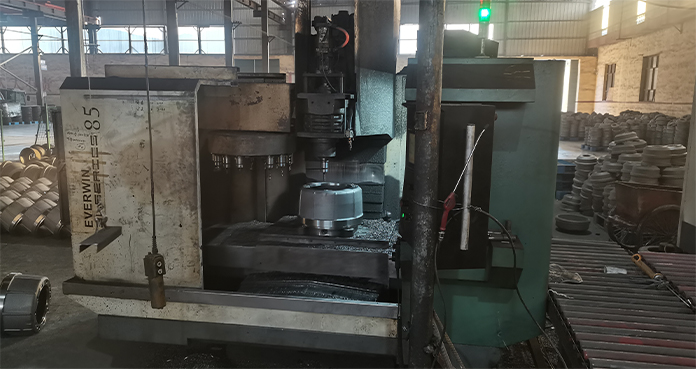Dec . 18, 2024 11:00 Back to list
how to measure brake drums
How to Measure Brake Drums A Comprehensive Guide
Brake drums play a critical role in the braking system of many vehicles, especially those with drum brake configurations. Understanding how to measure brake drums is essential for maintaining optimal braking performance and ensuring safety on the road. This article will provide a step-by-step guide to measuring brake drums, including the tools needed and the important considerations to keep in mind.
Tools Required
Before we delve into the measurement process, it’s important to gather the necessary tools. Here’s a checklist
1. Vernier Caliper or Micrometer These tools will allow for precise measurements of the brake drum’s diameter and depth. 2. Brake Drum Gauge Specifically designed for brake drum measurement, this tool can help determine whether the drums are within factory specifications. 3. Torque Wrench For proper reinstallation of the drum, a torque wrench is essential to ensure the lug nuts are tightened to the manufacturer’s specifications. 4. Cleaning Supplies Brake cleaner and a wire brush can be helpful for cleaning the drum surface for accurate measurements.
Steps to Measure Brake Drums
1. Preparation
Before measuring, ensure the vehicle is parked on a flat surface. The parking brake should be engaged, and the wheels should be chocked to prevent any movement. This is crucial for safety purposes as you will be removing the wheel.
2. Remove the Wheel
Using a lug wrench, loosen the lug nuts, and then remove the wheel. It’s advisable to remove all the lug nuts completely to avoid any strain on your hands or tools. Once the wheel is removed, you will have full access to the brake drum.
3. Inspect the Brake Drum
Before taking measurements, visually inspect the brake drum for any obvious signs of wear or damage, such as cracks, deep grooves, or discoloration. If the drum appears damaged, it may need to be replaced rather than just measured.
how to measure brake drums

4. Measure the Diameter
Use the vernier caliper or brake drum gauge to measure the diameter of the brake drum. It’s important to measure at multiple points around the circumference of the drum to account for any wear irregularities. Typically, the measurement should be taken at three different locations approximately 90 degrees apart. The average of these measurements will give you the best indication of the drum’s size.
5. Check for Out-of-Roundness
After measuring the diameter, it’s critical to check for out-of-roundness. This condition occurs when the drum’s shape has become elongated due to wear. To check, measure the diameter at several points along the drum and compare the readings. If there is a variance greater than the manufacturer’s specified tolerance, the drum may require machining or replacement.
6. Measure the Drum Depth
Next, measure the depth of the brake drum. This measurement will help determine how much material is left and if the drum can be machined to restore its performance. Use the vernier caliper to measure the depth at various points, again taking an average if needed.
7. Inspect the Surface Condition
After obtaining your measurements, inspect the surface of the drum closely. Look for glazing, which can cause slippage and reduce braking efficiency, and any signs of scoring or pitting. These conditions often warrant resurfacing or replacement, based on the severity.
8. Reinstallation
Once measurements and inspections are complete, you can proceed to reinstall the drum (if it’s still serviceable) and the wheel. Be sure to use a torque wrench to tighten the lug nuts to the manufacturer's specifications, ensuring they are evenly tightened in a crisscross pattern.
Conclusion
Measuring brake drums is a straightforward process that requires attention to detail and the right tools. By regularly checking the condition of your brake drums and measuring them accurately, you can enhance your vehicle's safety and performance. If you notice any irregularities or excessive wear, consult with a professional technician for advice on whether to machine or replace the brake drums. Safe driving starts with reliable brakes, and proper maintenance is the key to reliable performance.
-
Your Brake Drum Man: Quality & Performance Parts
NewsAug.21,2025
-
Explore Japan: Ultimate Travel Guide & Authentic Experiences
NewsAug.19,2025
-
Your Brake Drum Man: Premium & Reliable Brake Drums for Sale
NewsAug.18,2025
-
ROR Web Development: Build Fast, Scalable, Secure Apps
NewsAug.17,2025
-
Scania Brake Drums: OEM Quality for Optimal Safety & Durability
NewsAug.16,2025
-
R.V.I: Advanced Remote Visual Inspection for Precision
NewsAug.15,2025
